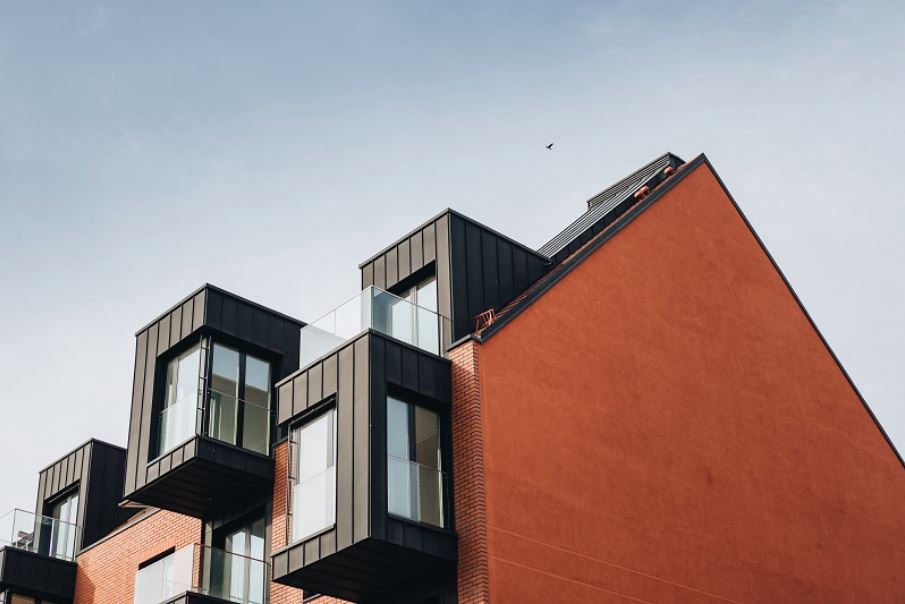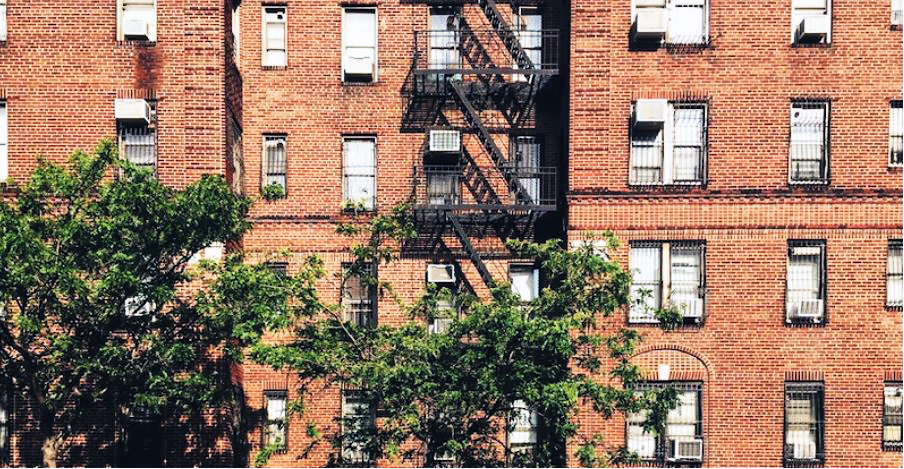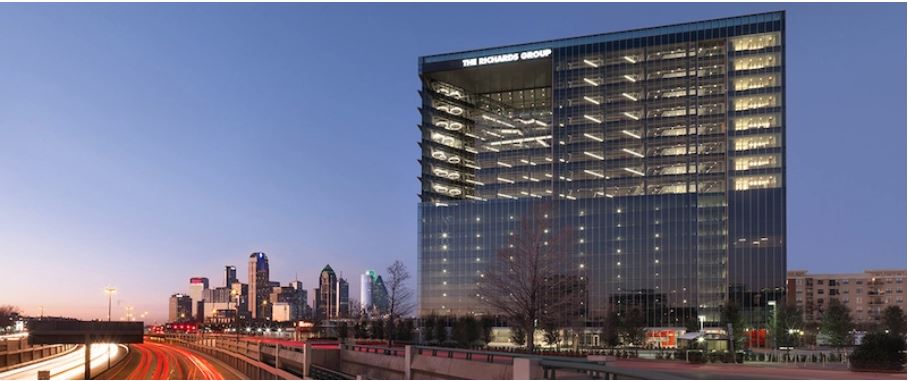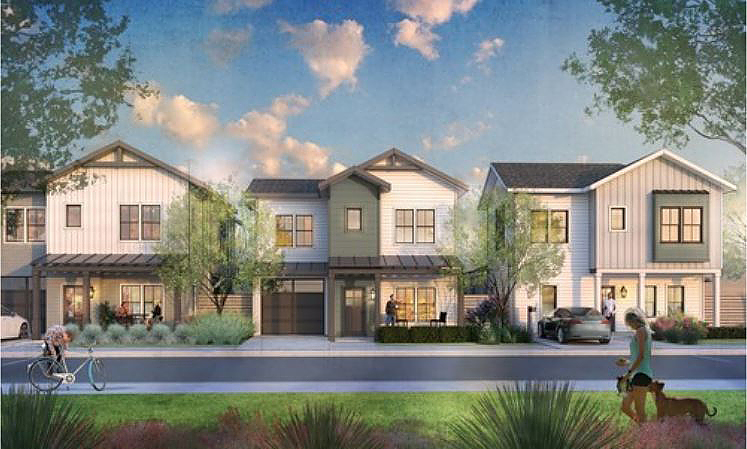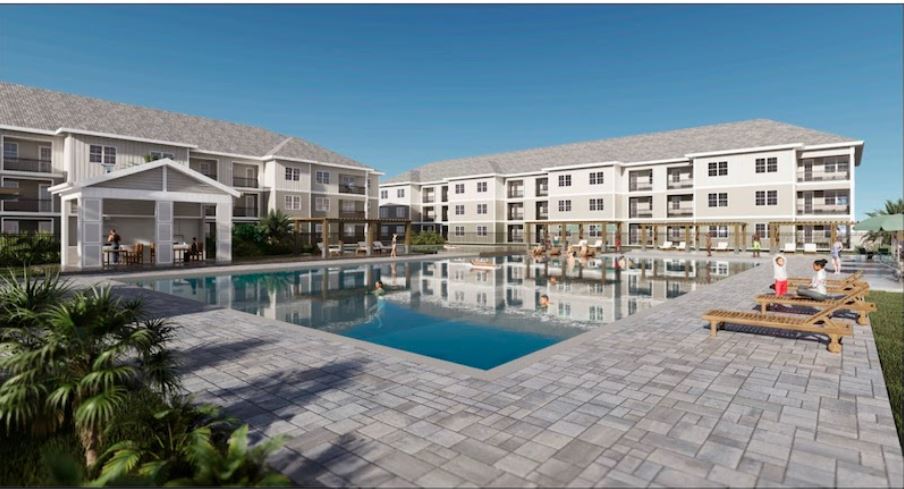How have rising apartment rents made life more challenging for tenants? The latest research from the National Association of REALTORS found that renters are spending a lot more of their household income on rent this year than they were in 2021.
How much more? According to the association, in January of 2022, renters earning the household median income for their area were spending 29.7% of their income to lease a typical apartment unit. That is up from 24.8% in January of 2021.
The association reported that January marked the eighth month in a row where rent growth has reached double digits for apartments with up to two bedrooms. That pushes the median apartment rent in the 50 largest metro areas of the country to $1,789, according to Realtor.com’s Monthly Rental Report.
The challenge, then, becomes affordability. How many renters won’t be able to afford apartment units as monthly rents continue to rise?
In January, renters earning the median household income in 15 of the top 50 metro areas in the United States were already spending more than 30% of this household income on rent.
This is important. Generally, economists say that households should spend no more than 30% of their income on housing costs. HUD defines cost-burdened households as those that pay more than 30% of their income for housing, including utilities. Households that pay more than 50% of their incomes on housing costs are defined as severe cost-burdened households by HUD.
In January, the Miami-Fort Lauderdale-Palm Beach, Florida, area ranked as the least affordable rental market in the United States. The National Association of REALTORS said that renters earning the median household income for this area would spend 59% of this income on a typical apartment of up to two bedrooms here.
The most affordable rental city among the top 50 largest in the United States in January was in the Midwest, Kansas City. Here, renters earning the median area income were spending just 20% of their income on a typical apartment with zero to two bedrooms.
St. Louis ranked as the fourth most affordable city for renters, with those earning the household median income spending 22.3% of their income on a typical apartment unit, while in the Indianapolis area, that figure stood at 22.8%, good for fifth on the list.
Two other Midwest cities made the most affordable list: Louisville, where renters earning the median area income spent 23.1% of this income on a typical apartment unit; and Minneapolis-St. Paul, where that figure was the same.




